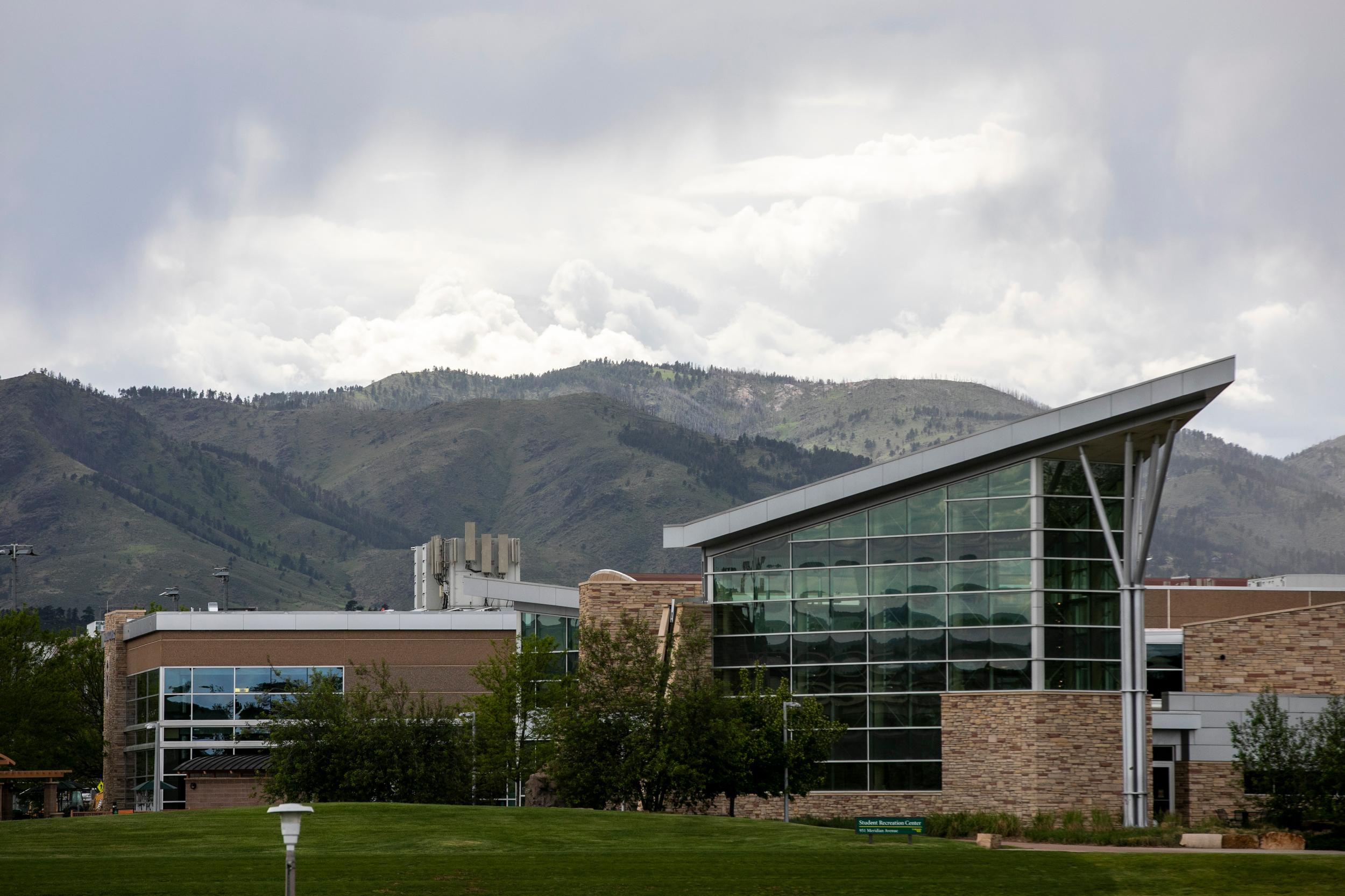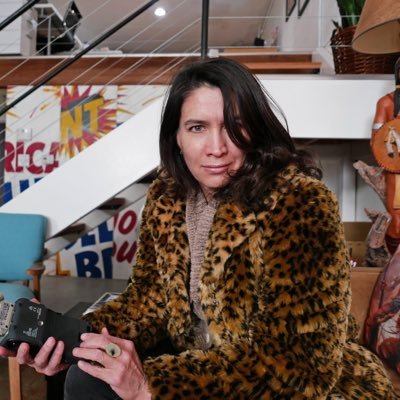
Many things have shaped Dr. Henrietta Mann’s life. She’s a Cheyenne-Arapaho citizen who has resided in Weatherford, Oklahoma for the last 12 years.
She was born in the Great Depression, lived through the Dust Bowl in Oklahoma, was named teacher of the year in 1991 by Rolling Stone Magazine and was the founding president of the Cheyenne Arapaho Tribal College for 10 years before it closed.
She’s earned many accolades.
But it’s one event that happened before she was born that has had the most profound effect on her: Colorado’s Sand Creek Massacre of 1864.
Led by Colonel John Chivington, it’s considered to be one of the worst massacres in U.S. history and a dark stain the state has had to reckon with. Both of Mann’s great grandmothers survived the massacre. She’s named for her paternal great-grandmother-Prayer Cloth Woman. That’s a translation of Mann’s Cheyenne name.
“The soldiers paraded into Denver City,” Mann recalled. “They put those scalps of our people, the people to whom I belong, and paraded them into Denver City.”
Women, children and the elderly bore the brunt of the massacre. Soldiers attacked, raided the camp and mutilated bodies at what was a peaceful encampment.
Mann remembers the story of her maternal great grandmother Vister. She survived because her uncle hoisted her up on a pony and told her to flee as fast as she could. It would become a permanent trauma to where her “great grandmother never went to bed without her moccasins on for fear that she would have to flee another Sand Creek,” Mann said.
The Sand Creek Massacre didn’t force the Cheyenne and Arapaho out of Colorado completely. But a treaty they signed less than a year after that did.
They gave up their land and were removed to Indian Territory in present-day Oklahoma.
The federal government sold the land in Southeast Colorado. The money helped establish several schools across the country, including Colorado State University in Fort Collins. It happened through something called the Morrill Act, in 1862. It turned Indigenous land into university sites and college endowments. The schools have an innocuous-sounding name — Land Grant Universities.
An investigation by High Country News dove deep into what happened to the money allocated through the Morrill Act to land grant universities. It found the U.S. took nearly 11 million acres of land from nearly 250 tribes, bands and communities, often through violence. The university endowments continue to generate profits from those Morrill Act funds.
On CSU’s website, a short, slickly produced video gives what’s known as a Land Acknowledgement, something many schools started to mark the origins of Indigenous people who occupied the land their institution sits on.
An excerpt from the video says: “CSU is a Land Grant Institution and we accept that our mission must encompass access to education and inclusion. And, significantly a dire cost to Native Nations, whose land this University was built upon.”
According to data from High Country News, Colorado State University was founded in 1879 and received 89,001 acres under the Morrill Act. The United States paid $3,654 dollars for that land. The endowment principle that was raised: $411,670. As of 2018, the total University Endowment amounts to $355.9 million. For every dollar paid to tribes, the University has raised $113.
CSU president Joyce McConnell said she’s aware of the process that established Land Grant Universities.
“What it meant for the states to receive the parcels of land, many of which, particularly in the West, were taken from dispossessed tribes.”
McConnell said one of the first things she did upon becoming president a little over a year ago was to meet with the college’s Native American Task Force. She wants to recruit more Indigenous students. Right now there are nearly 35,000 students at CSU. Only about 150 of them are in the federally defined grouping as Native American. If you count the number of students who self-identify as Native American, the University noted that number increases to 939.
Whether or not those students feel welcome at CSU is another story.
In 2018, Thomas and Lloyd Gray of the Mohawk Nation of Akwesasne in New York were on a campus tour when police pulled them aside after a mother on the tour said the brothers were “creepy.” They drove several hours from their home in New Mexico for the tour.
The University apologized, paid for their expenses home and offered a VIP tour to the teens. McConnell wasn’t president at the time but said CSU put in new anti-bias policies and trained officers and tour guides.
Ty Smith is one of the people tasked to make prospective Indigenous students like the brothers feel welcome. He’s Navajo and is the head of CSU’s Native American Cultural Center.
He learned a lot through the High Country News investigation about the origins of the school.
“We just assumed that property that our University sits on today was donated on behalf of some Fort Collins businessmen,” said Smith, “...who felt like it was, you know, that was the right thing they should do.”
Max Bear, the Cheyenne Arapaho’s Tribal Historic Preservation Officer, said universities have to start teaching this history about what happened to his people.
“It’s going to take a lot of time and education, but it's got to come from, you know, the people who actually lived the issue,” Bear said. “There’s a lot of oral histories tribal members have, and we're losing it pretty quick.”
That’s one thing Bear said universities can do. The other is to reach out and recruit more students from the tribe to attend the college.
Other land grant institutions like South Dakota State University direct money from their Morrill Act gains to programs and scholarships for Native students. President McConnell said that’s something CSU is considering.
Dr. Henrietta Mann, the retired Montana State University professor whose relatives survived the Sand Creek Massacre, said Colorado State University needs to go beyond just a land acknowledgment video on their website and a task force.
“They have what they have today because there were so many of us, our ancestors, that paid with their very lives so that they could establish these houses of learning, which unfortunately have excluded so many of us,” Mann said.
Those who want to bring more attention to the history of Land Grant institutions say it should be similar to how colleges and universities have started to acknowledge the role slavery played in their pasts. CSU is just one of 52 institutions of higher learning that continues to benefit from money gained from Indigenous lands.
Some of them are responsible for big advances in science and medicine. Right now, CSU is one of many institutions working to develop a coronavirus vaccine. They’ve been able to do all this because Indigenous people sacrificed their land and their lives.
How universities respond to this uncomfortable truth has yet to be seen.
The data drawn on to produce this story was sourced by Robert Lee and Tristan Ahtone for their project “Land Grab Universities” published by High Country News.
Support to produce that project was provided by Pulitzer Center and Fund for Investigative Journalism.








